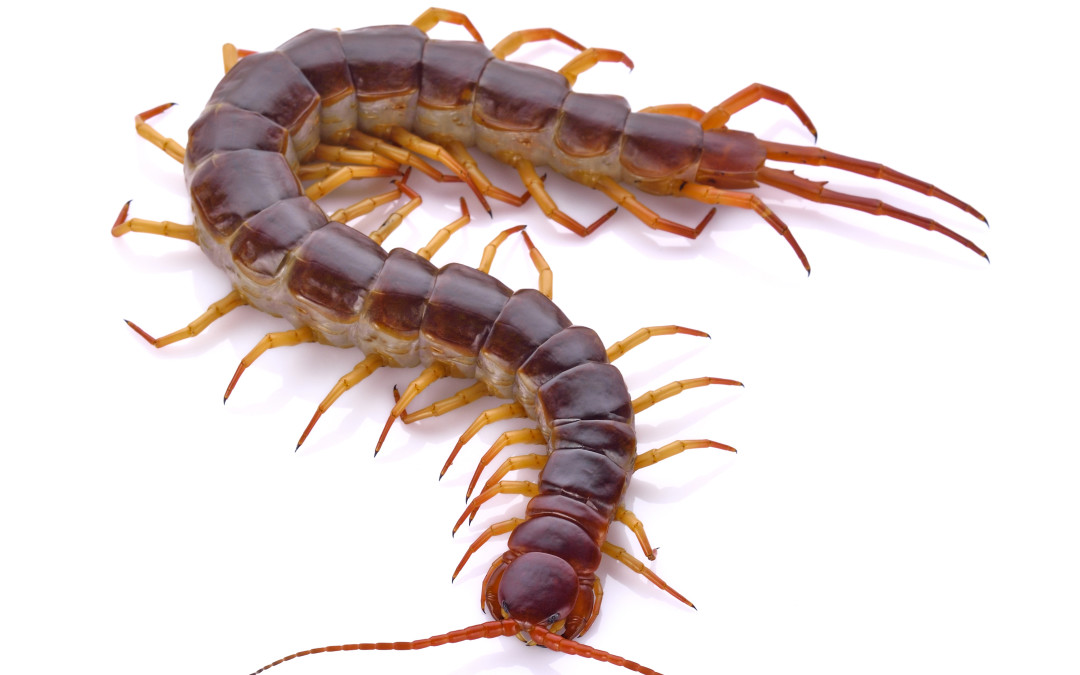Not long ago a group of entomologists used genetic data to create the most accurate and comprehensive insect evolutionary tree that has ever existed. According to their genetic research, the earliest insects may have appeared on earth more than 400 million years ago. Today insects are the most abundant group of animals that exist on earth, which explains the tremendous diversity of insect features. The type of mouthparts an insect possesses varies depending on the species, but the earliest ancestors of modern insects probably all looked like worms with a small and simple mouth on one end. However, these early worm-like insects had to develop mouthparts more suitable for eating the solid food sources that are available on land. As insects continued to evolve and spread across the globe their mouthparts adapted to consuming new food sources. For example, mosquitoes do not possess the mouthparts for solid food consumption; instead, mosquitoes developed a needle-like mouthpart designed for blood consumption. Identifying an insect’s mouthparts allows researchers to determine which types of food an insect species eats, which then allows researchers to better understand an insect’s ecological impact and natural history.
The most primitive insects possessed mouthparts that were suited for grinding, chewing, or pinching small pieces of solid food. These are known as mandibulate mouthparts, and they are designed for “chewing” solid foods. Cockroaches, grasshoppers and ground beetles are just some of the primitive insects that possess mandibulate mouthparts. Later on, insects began to evolve modified mandibulate mouthparts. In these mouthparts, the chewing mandibles became smaller while another anatomical feature became modified to assist with food acquisition. For example, weevils have mandibles, but their heads are elongated into a proboscis, which is a needle-like mouthpart that is used for sucking. Also, the labium of an insect was modified in the case of dragonflies. In dragonflies, the labium can extend outward to catch prey. Many of the most advanced insects possess haustellate mouthparts, which are designed for sucking, probing, lapping and sipping liquid forms of food. Although these mouthparts are very different from the earliest mouthparts, they are still composed of the same anatomical features.
Do you believe that insects that possess Haustellate Mouthparts are responsible transmitting most types of insect-borne disease?

